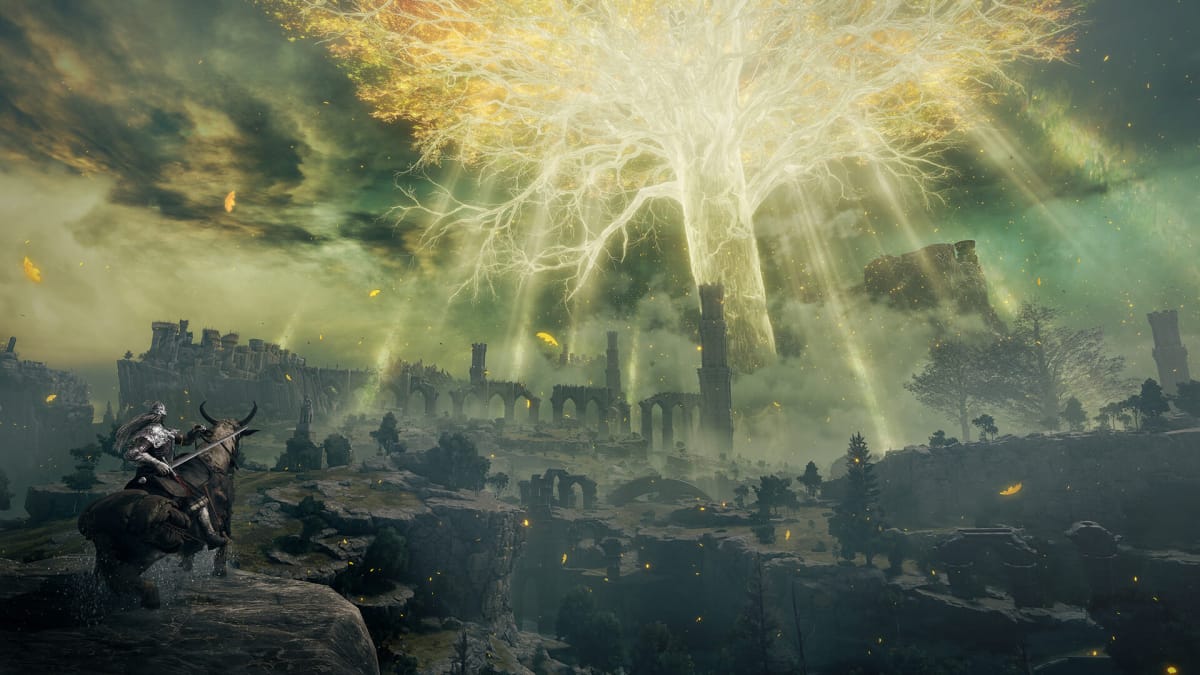The US gaming market is in decline in comparison to 2021, according to The NPD Group. Spending on content, hardware, and accessories has dropped 8% compared to the same period last year, although the market is still above pre-pandemic levels.
Why is the US gaming market in decline?
As NPD's Mat Piscatella points out in a Twitter thread, spending in the US gaming market has likely declined due to a number of factors. Piscatella cites a "return to experiential spending", or spending on experiences as opposed to possessions, as one of the reasons. He also points to the continuing hardware shortage (which recently forced Nintendo to cut its spending forecast by 10%), as well as the 2021 stimulus package related to cost of living increases. According to Piscatella, spending across the board reached $13.9 billion for Q1 2022, which is an 8% decline compared to last year. Content spending dropped 7%, with hardware sales down 15% and accessories dropping 16%.

It's not all doom and gloom for the gaming market, though. The market is still trending "well above pre-pandemic levels", according to Piscatella. As he points out, experiential events, such as eating out at restaurants or going to the cinema, weren't available for a big part of 2021, so gaming spending will naturally be higher. In addition, the stimulus checks sent out to help struggling US citizens with the economic consequences of COVID-19 will also have resulted in increased spending, so although 2022's figures do represent a decline, you shouldn't be too alarmed about it.
What were the highest-selling games in Q1 2022?
As you might expect, From Software's Elden Ring, which sold 12 million copies in less than a month on sale, is the best-selling game of Q1 2022. The Nintendo Switch is the quarter's best-selling hardware in terms of units, although Microsoft's Xbox Series X|S range led sales in terms of total consumer spending, probably thanks in no small part to the runaway popularity of Xbox Game Pass. The PS5 is entirely absent from any hardware top spots, although that could largely be down to difficulties obtaining both models (with the Xbox Series S still widely available in many areas).

Piscatella says that in content terms, subscription services were the biggest growth segment of the industry, with "mid-single digit" percentage gains when compared to Q1 2021. Again, that's almost certainly down to the huge popularity of Xbox Game Pass, although other services like Nintendo Switch Online likely contributed as well. That success is also likely to be a big factor in Sony's recent decision to overhaul its PlayStation Plus service to offer additional tiers with extra games and cloud streaming functionality. We'll bring you more on the state of the gaming industry in 2022 as soon as we get it.







